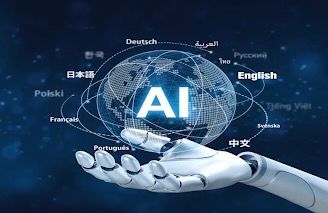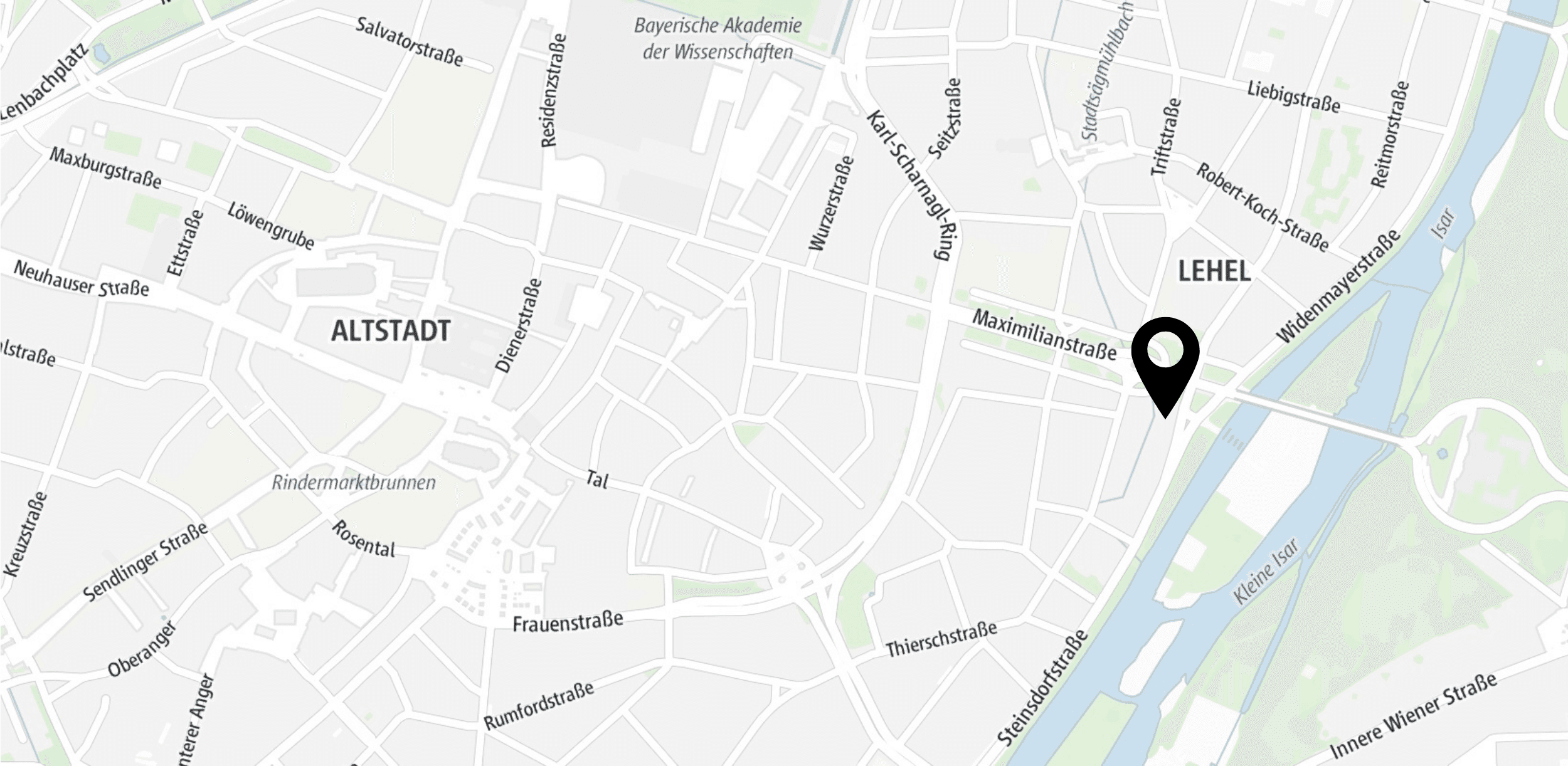Introduction
In 2025, we live in a hyper-connected world: understanding the right approach to communicate across it is key. AI transcreation is a process that bridges the gap between translation and cultural resonance, using technology to scale authenticity across markets. In today’s global and digital-first marketing landscape, brands and organizations must communicate effectively across languages and cultures, adapting their content to the target audience. AI transcreation is emerging as a vital tool in making this possible.
What is AI Transcreation?
The word “transcreation” is the combination of “translation” and “creation”. It refers to a process of adapting content from the original language to the target one, not only as a linguistic switch, but also focusing on a way to convey the message as oriented towards the audience´s culture. In other words, transcreation preserves the message, tone, and intent, while adapting the style and the emotional impact to the cultural context of the target language, in order to optimize its reception among different cultures.
With the help of AI, the entire process is facilitated and optimized: it enhances the translation by using language models, prompt engineering, and multilingual systems to perform nuanced adaptation at scale.
Let´s consider a real, easy, and well-known example: Haribo.
We are talking about a globally-famous company, and we all know its jingle… but have you ever noticed how it slightly differs from one language to another?

As you can see in the pictures, the two slogans are not the same: a literal translation of the German, original version (“Macht Kinder froh und Erwachsene ebenso”) into English would have sounded like “Makes children happy and adults too” - which is obviously not as effective as the final “Kids and grown-ups love it so, the happy world of Haribo”.
In short: adapt the message to the audience that will receive it, and you´ll be sure to be understood.
AI Transcreation vs. AI Content Creation
It’s important to pay attention that AI Transcreation is not the same as AI Content Creation.
When it comes to content creation, AI can be a meaningful tool to help you generate new content from scratch - such as posts for blog and social media platforms, scripts, and captions. However, this will be based on a single-culture approach, and may not be the best option for your enterprise.
On the other hand, AI Transcreation will elaborate on your existing material, providing you with a multilingual and multicultural version, adaptable to different audiences. It can ensure a good cultural fit while maintaining your brand´s voice and alignment.
Summing up, key differences between AI Transcreation and AI Content Creation include intent, output style, effectiveness, and the level of cultural adaptation involved.
Where AI Transcreation Fits in the Enterprise Context
As explained above, if your enterprise interacts on an international level, you will also need a functional and optimized international communication strategy, as well as culturally relevant messages across markets.
AI Transcreation becomes an essential tool here: it will help you reach a global impact while keeping it significant at a local level.
Here are some marketing areas in which AI Transcreation is especially valuable:
- Branding
- Website and landing pages
- Advertising campaigns
- Product naming
- Video and audio content (e.g. subtitles)
And some key, practical benefits for your business:
- Brand consistency: keep your own identity, on a global level
- Time-to-market: get on the market faster with product launches and campaigns
- Cost efficiency: save on costs by automating content production and adaptation
- Operational effectiveness: higher efficiency levels, both for clients and employees
Technologies Behind AI Transcreation
Diving deeper, the next step is to understand the technologies behind AI Transcreation. This process is based on multiple cutting-edge tools designed to guarantee speed and accuracy at the same time.
Let´s have a look at some of the main ones.
Machine Translation (MT): Automatic translation tools (e.g. well-known DeepL or Google Translate). Traditional MTs can be useful, but might not be fully accurate and lack context understanding.
Natural Language Processing (NLP): A field of AI that enables machines to both "understand" the human language and generate content that reflects it. When it comes to transcreation, it focuses on complex linguistic structures and the emotional tone, interpreting the context of the speech and ensuring that tone, intent, and meaning are maintained.
Large Language Models (LLMs): AI models based on deep learning machines (e.g. ChatGPT), useful to provide textual content. Taking a vast amount of linguistic data as a base of knowledge, they generate texts that respect coherence and contextual rules, while also adding creativity. In transcreation, they customize the content, paying particular attention to the brand voice and identity, minimizing the need for manual (human) intervention.
Prompt engineering: A technique based on a designed input information (“prompts”) given to AI models in order to receive a more precise and relevant output. When it comes to transcreation for enterprises, prompt engineering helps to guarantee efficiency and the accuracy of the desired result.
Finally, on top of these examples, other platforms play a fundamental role in the management and distribution of the generated content. When integrated with AI, Content Management Systems (CMS) and Translation Management Systems (TMS) are systems that help with:
- Automating the workflows (synchronizing changes, reducing human error risk, enhancing efficiency).
- Centralizing the content (tracking the entire transcreation process, visibility, and quality control).
- Multi-channel distribution (making localized content ready for deployment across various channels).
Now let’s have a deeper look into a case that demonstrates the role and importance of transcreation even further.
Case Study: EduSphere – Scaling Global Learning with AI Transcreation
EduSphere is a global online learning platform committed to democratizing access to high-quality STEM education for high school and college students worldwide. The platform offers a broad range of science, technology, engineering, and mathematics courses designed to be both academically rigorous and accessible to learners regardless of their geographic location or financial background. Here is the part where it gets interesting: what sets EduSphere apart is its strong social mission; EduSphere wishes to create equitable educational opportunities for students in developing regions, where access to reliable learning resources is often scarce or non-existent. Although some developing countries have a cross-subsidy system within schools, where the financially more comfortable pay a higher tuition for the less fortunate. However this does not cover all the educational needs that exist.
EduSphere's efforts are especially focused on reaching learners in underserved communities across Kenya, Indonesia, the Philippines, and rural parts of India and Brazil. In these regions, many students face multiple challenges that hinder their educational progress, such as lack of internet infrastructure, limited school funding, overcrowded classrooms, and economic instability that often forces students to prioritize work over learning. Additionally, systemic inequality and linguistic barriers further restrict access to global educational content.
To address these issues, EduSphere designs its courses with localized accessibility in mind, including features such as mobile-friendly interfaces, multilingual content, offline learning options, and partnerships with local NGOs and schools. By providing culturally relevant, flexible, and cost-free or low-cost STEM learning, EduSphere empowers students not only to gain academic knowledge but also to build the skills and confidence needed to pursue careers in high-demand fields. Ultimately, EduSphere aims to be a catalyst for educational equity and long-term social mobility, giving students the tools to shape a better future for themselves and their communities.
The Challenge
EduSphere’s marketing team noticed that campaigns in non-English-speaking and lower-income regions were underperforming, despite offering free or heavily subsidized courses. Manually translated content was slow, expensive, and often missed emotional nuance, unintentionally sounding patronizing or tone-deaf to the lived realities of their target students.
Given the sensitivity of addressing inequality, lack of opportunity, and poverty, there was a pressing need to maintain a careful, respectful, and empowering tone of voice in all communication.
Solution: Utilizing AI Transcreation for Culturally-sensitive Content
EduSphere implemented an AI-powered transcreation workflow specifically designed for high-sensitivity educational campaigns. This workflow included:
- Large Language Models (LLMs) fine-tuned to reflect EduSphere’s tone: professional, respectful, and aspirational—never condescending.
- Prompt engineering to ensure messaging focused on empowerment, self-determination, and community uplift rather than deficit-based narratives.
- Cultural adaptation using local idioms and values such as dignity, family, and perseverance—central to many developing contexts.
- A human-in-the-loop review process with local educators and nonprofit partners validating all AI-generated content for emotional and cultural accuracy.
Sample Campaign Before and After AI Transcreation
Original English Version (Global Use):
“Break free from the limitations of poverty—start learning STEM today for a better future.”
The problem:Although well-intentioned, the copy risked reducing a student’s identity to their economic condition, which could feel alienating or offensive. It also inadvertently framed the message in a way that could discourage pride or self-agency.
AI-Transcreated Version (Localized for Indonesia):
“Ilmu adalah bekalmu: Mulai kursus STEM gratis hari ini dan wujudkan cita-citamu.” (Translation: “Knowledge is your provision: Start your free STEM course today and make your dreams come true.”)
As an Indonesian, Yudith knew “breaking free from poverty” could not be directly translated since it could sound offensive to the locals. The Bahasa Indonesia nuance would have made a directly translated sentence sound like it’s someone’s bad luck to have limitations because of poverty. Indonesia ranks as the world's fourth most populous nation. However, its infrastructure development has historically been highly centralized, presenting significant logistical and economic challenges given its geography as a vast archipelago comprising over 17,000 islands. For decades since its independence in 1945, most infrastructure building has mainly focused on the main island, Java. This spatial mismatch between development focus and geographic reality is often cited as a contributing factor to persistent poverty and regional inequality.
Therefore, instead of receiving a positive reaction, a directly translated version of the campaign will definitely cause a backlash. In addition, as a local, Yudith can guarantee that a positive reinforcement format would work best in this country.
Why It Works
- Uses emotionally resonant Indonesian terms: “bekal” (provision) and “cita-cita” (dream), which convey strength and aspiration.
- Shifts the focus from economic struggle to potential and opportunity.
- Maintains a warm yet professional tone aligned with EduSphere’s brand voice.
- Reviewed and validated by a local Indonesian NGO specializing in youth education as “motivational and dignified.”
Outcome
- 50% reduction in time-to-market for localized campaigns in key developing regions.
- 35% increase in CTR across localized Facebook and Google ads.
- 25% reduction in localization costs, freeing budget for outreach and scholarships.
- Improved trust and engagement, particularly from students in Indonesia, rural Brazil, and Southeast Asia.
Challenges and Ethical Considerations
The EduSphere case is a clear demonstration of the critical challenges inherent in AI transcreation, particularly when communicating sensitive topics to diverse audiences. Successfully navigating this requires meticulous attention to cultural sensitivity to avoid offense, as seen with the initial English copy risking alienation in Indonesia. AI models must be carefully guided through prompt engineering and fine-tuning to mitigate algorithmic bias and prevent the perpetuation of stereotypes often present in training data. Achieving genuine emotional resonance; conveying empowerment rather than risking being tone-deaf, goes beyond literal translation and often necessitates a crucial human-in-the-loop validation process, like EduSphere’s collaboration with local partners. This oversight is non-negotiable for ensuring cultural and emotional accuracy, especially in regulated fields like education, where factual correctness and data privacy are paramount to maintaining trust and avoiding harm. In regulated industries like education and healthcare, privacy and accuracy are paramount.
The Future of AI Transcreation
The future of AI transcreation points toward increasingly sophisticated and integrated solutions, moving beyond text to shape seamless global communication. This is a rapid growing industry, its advancements focus on real-time adaptation in chatbots and dynamic web content. Deep multimedia integration, including AI-powered voice dubbing and intelligent subtitling, catering to the dominance of video online, is anticipated. Hyper-personalization will arrive through custom-trained brand models deeply ingrained with a company's unique voice and values, while enhanced emotional intelligence allows AI to better grasp and replicate nuanced tones across cultures. As these capabilities expand, ethical AI practices such as emphasizing bias mitigation, transparency, and human oversight will become key differentiators, building trust in an era of increasingly automated, culturally-aware communication. This means automating tasks without losing the capacity of human touch.
Key Takeaway - Conclusion
AI transcreation bridges the gap between technological scale and cultural depth. It employs AI tools to intelligently adapt existing content, preserving brand voice while tailoring emotional resonance and cultural relevance for specific markets, a task distinct from generating new content. This delivers tangible benefits like improved brand consistency, faster market entry, and cost savings, as seen in the EduSphere study, but emphasizes strong ethical guardrails and human oversight to maintain authenticity and avoid pitfalls. This means, mastering AI transcreation means mastering culturally intelligent communication at a global scale.










